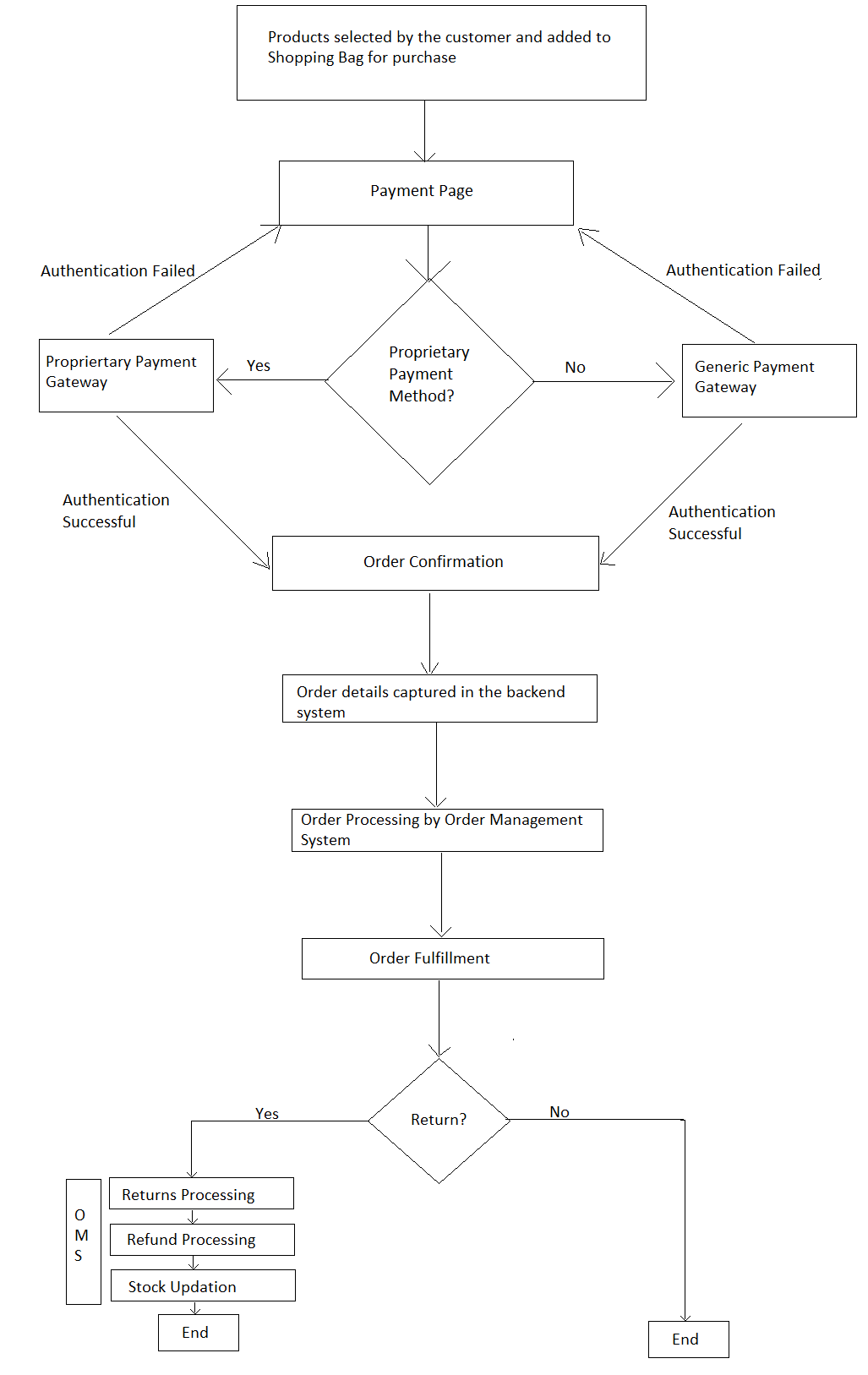

These parameter values are provided using the testng.xml configuration file at run a class or a method as a test method. Annotations differ from project to project depending on their requirement. Helps in tracking the execution status and logging annotation is used to pass parameters to a test method. Defines an array of test listeners classes extending. This is used to run a set of test cases with different on a test class. These class objects will then be used as test classes by TestNG. The said method has to return an Object double array (Object) as a annotated method as a factory that returns an array of class objects (Object). An annotation is a tag or metadata that provides additional information about a class, interface or method. The following is a table containing information about all the annotations in the TestNG and a brief description of them: annotated method will be executed Before any tests declared inside the TestNG annotated method will be executed After any tests declared inside the TestNG annotated method will be executed Before test section declared inside the TestNG annotated method will be executed After test section declared inside the TestNG annotated method will be executed Before any of the test method belongs to specified annotated method will be executed After any of the test method belongs to specified annotated method will be executed Before any of the test method of a test annotated method will be executed After any of the test method of a test annotated method will be executed Before each test annotated method will be executed After each test a method as a data providing method for a test method. JanuIn this tutorial, we will be studying all the annotations of TestNG along with the different attributes supported. TestNg Annotations will direct the execution flow of the program. TestNG made use of the same feature to define its own annotations. Java allows users to define their own annotations too. It can be applied for Classes, Methods, Variables and Parameters. This will allow you to add information to an existing data object in your source code.

TESTNG ANNOTATIONS EXECUTION FLOW CODE
The following code creates a TestNG class and displays its default order of execution − import is a feature introduced in Java 5 and is used to add metadata to Java source code. Step 6 − Now, run the testNG.xml or directly testNG class in IDE or compile and run it using command line. Step 5 − Now create the testNG.xml as given below. Step 4 − Repeat the steps for test2 and test3. Step 2 − Write an annotation as 3 − Repeat the steps for test2 and test3. TestNG can generate the report in a readable format like the one shown below. WebDriver has no native mechanism for generating reports. In case you happen to use additional stuff like dependsOnMethods, you may want to define the entire Test flow in your testng.xml file. Annotations used in the testing are very easy to understand ex: BeforeMethod, AfterMethod, BeforeTest, AfterTest. Since all tests are having same priority, it executes in an alphabetic order. The TestNG framework can be easily integrated with tools like TestNG Maven, Jenkins, etc. By default, TestNG assigns priority as 0 to all tests if priority is not defined by the user. By default, test1 will run first and after that test2 and finally test3. TestNG executes different tests alphabetically. In this tutorial, you will learn- Type of Parameterization in TestNG- Parameters annotation with Testng. Priority starts from 0 (highest priority) and gradually decreases as we move to 1, 2, 3, etc. However, the user can assign the priority to these tests so that these tests can run as per user's priority. Once a user runs a TestNG class consisting of various tests, it runs the test cases in an alphabetic order based on the name provided. TestNG TestNG offers no less than three ways to order your tests. A TestNG class can have different tests like test1, test2, test3, etc. Before version 4.11, JUnit did not support controlling the test execution order.


 0 kommentar(er)
0 kommentar(er)
